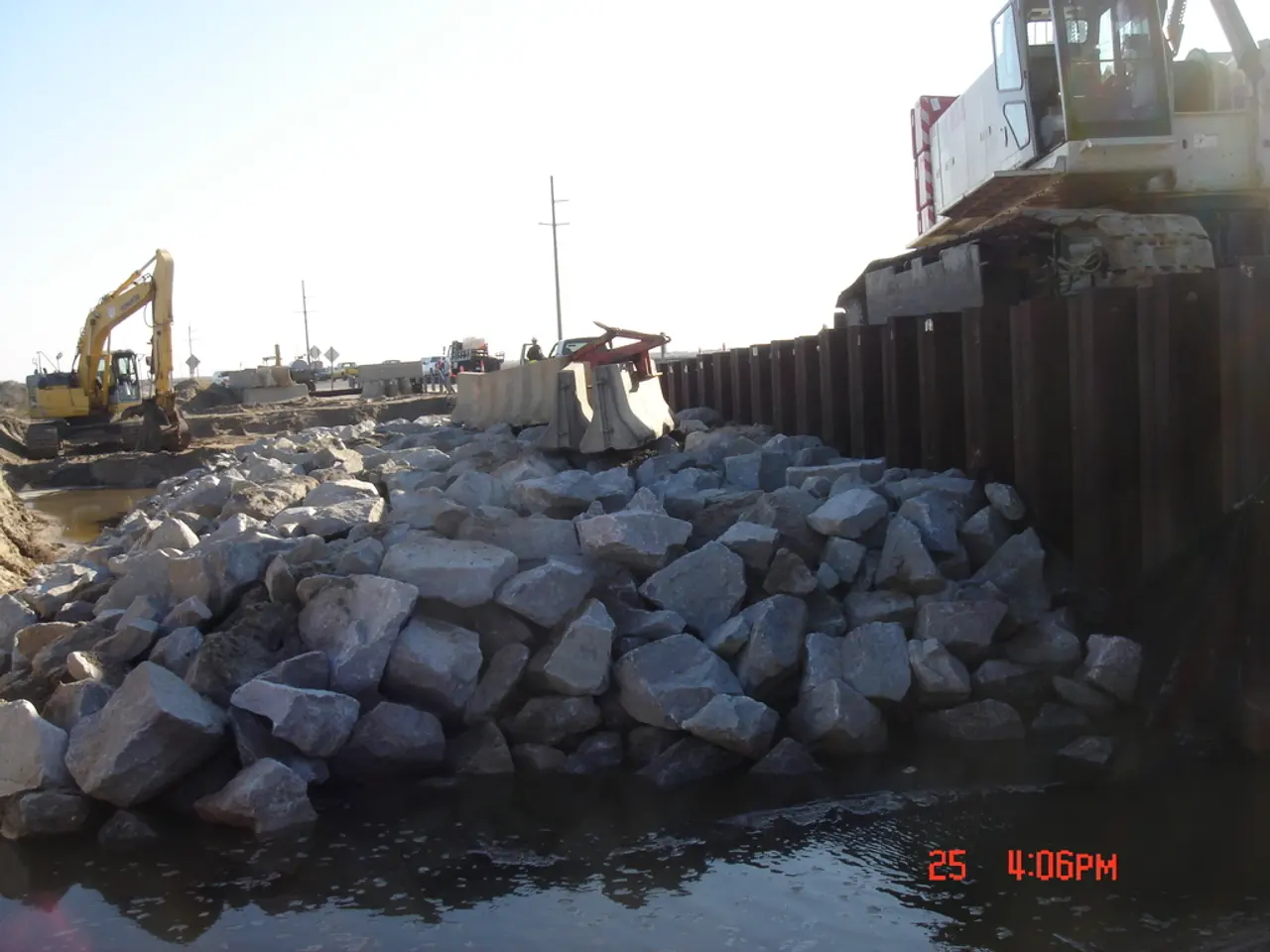Untapped resources from American mines may cover the nation's need for multiple essential materials in significant quantities.
The Colorado School of Mines has compiled a comprehensive database of annual production from metal mines across the United States. This database forms the basis of a groundbreaking study led by mining engineer Elizabeth Holley, which aims to shed light on the potential for recovering critical minerals from these mines.
The study estimates the quantities of critical minerals that are mined and processed every year but not recovered. Surprisingly, metals such as cobalt, lithium, gallium, and rare-earth elements like neodymium and yttrium are currently being discarded as tailings of other mineral streams like gold and zinc.
Recovering these discarded elements could potentially meet the demand for 68 of the minerals, but not for platinum and palladium. The challenge lies in finding and processing these by-product elements, due to their uneven distribution through the rocks in the ore deposit and some rarer elements being distributed in multiple minerals at very low quantities.
Colin Church, chief executive of the Institute of Materials, Minerals & Mining in London, notes that the commercial, environmental, and chemical practicalities in getting hold of these metals in mining waste remain significant barriers. Even when all issues have been overcome, mining companies may need a lot of persuasion to risk changing their processes and business models.
Frances Wall, an applied mineralogist at the University of Exeter, finds it surprising to see how little extra production would be needed to satisfy current raw material requirements for some elements. For instance, recovering less than 1% of discarded germanium would meet all industry's needs; it is used in electronics and infrared optics, and is present in zinc and molybdenum mines. Similarly, recovering less than 10% of discarded cobalt from US mines would be more than enough to fuel the entire country's battery market.
The novelty of this study lies in its mathematical treatment of new data sets to compare the potential of US metal mines with the raw material imports of critical minerals into the US. The United States Geological Survey (USGS) conducts the collection and analysis of mining production data in the USA and provides estimates on potential amounts of untapped critical minerals.
However, the market value of these elements may not be sufficient to motivate operators to invest in new equipment and processes without the right policies in place. Mine operators will need incentives to incorporate additional processing infrastructure to recover critical minerals economically feasibly. The storage and monitoring of tailings to prevent environmental contamination are also crucial considerations.
In conclusion, the study highlights the potential for the United States to reduce its reliance on imported critical minerals by recovering them from its own metal mines. While the path is not without challenges, the potential benefits, both economic and environmental, make it a worthwhile pursuit.
Read also:
- visionary women of WearCheck spearheading technological advancements and catalyzing transformations
- Recognition of Exceptional Patient Care: Top Staff Honored by Medical Center Board
- A continuous command instructing an entity to halts all actions, repeated numerous times.
- Oxidative Stress in Sperm Abnormalities: Impact of Reactive Oxygen Species (ROS) on Sperm Harm








